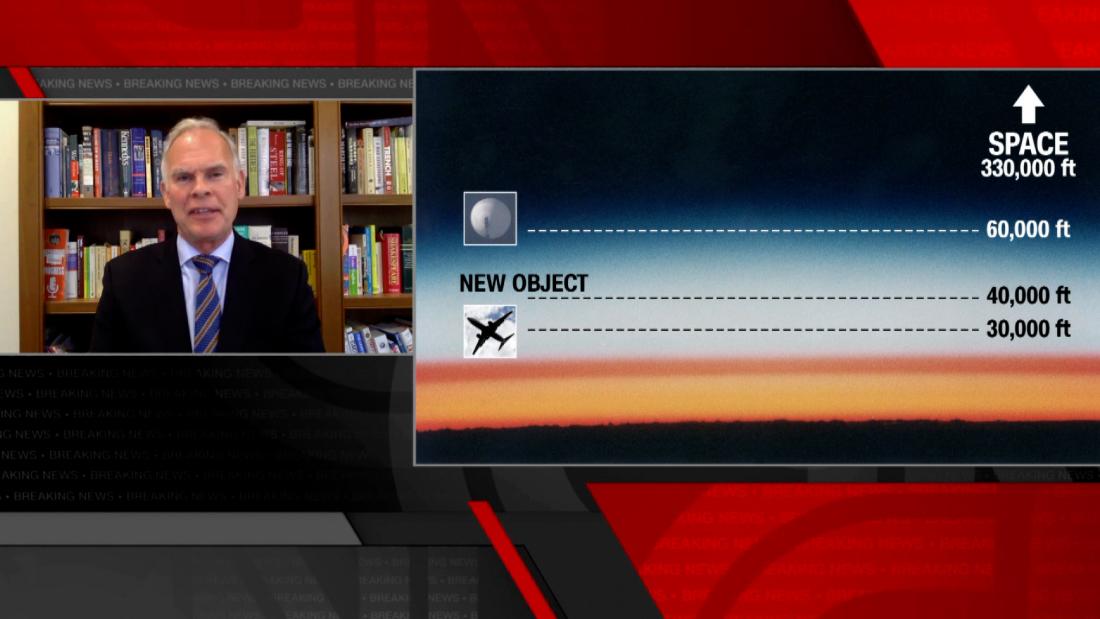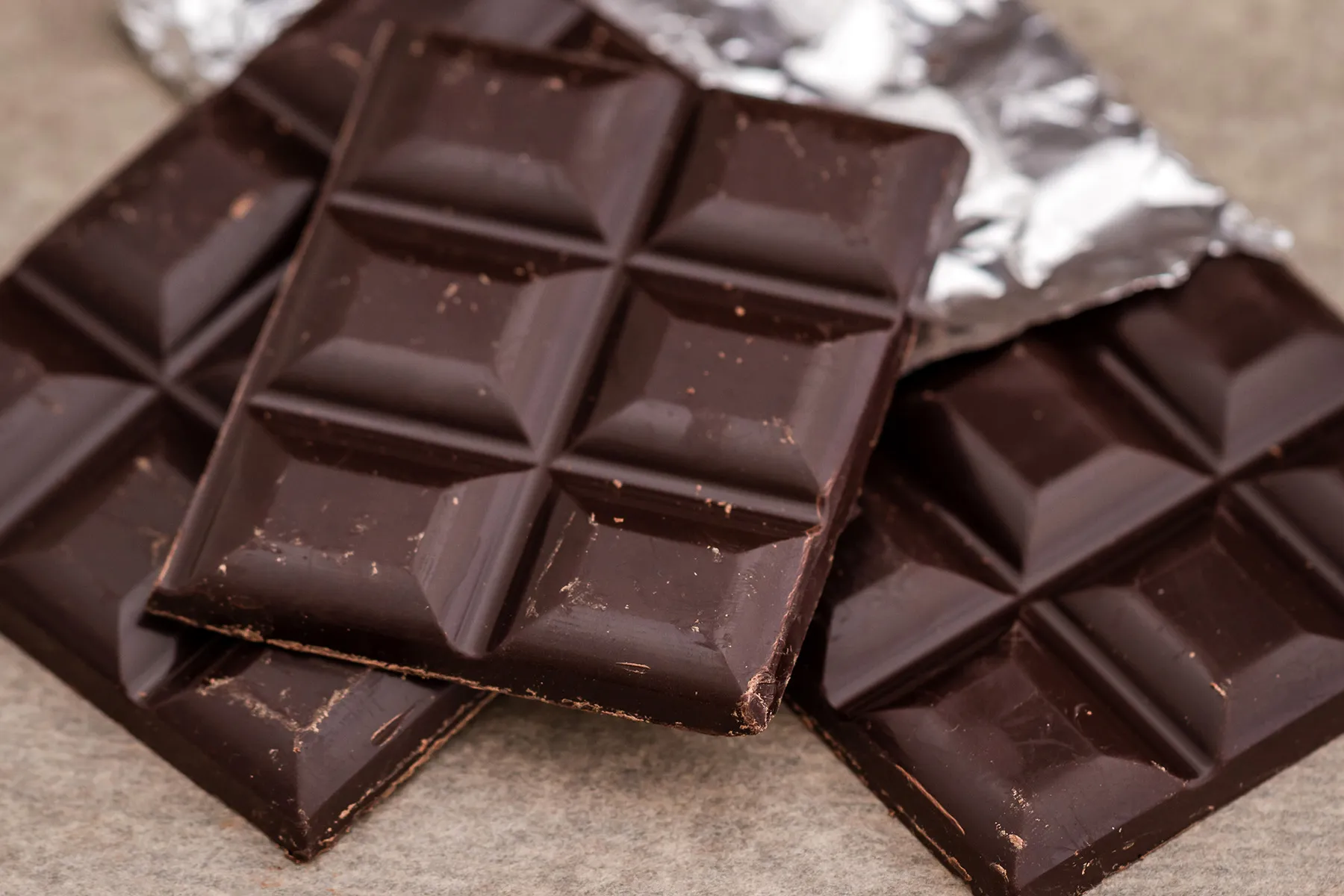‘Burn Down the House’: An Expert Calls for Abolishing the Youth Justice System
The current youth justice system is a “failure for virtually all who come in contact with it,” argues University of Florida Family Law expert Nancy E. Dowd in a new paper.

According to 2019 figures, on any given day, roughly 48,000 American youth are confined within detention centers, long-term facilities, adult prisons and jails, and other settings. Some of the children are 12 or younger, and many aren’t getting the rehabilitative help they need.
It’s because of this, a family law expert at the University of Florida writes, that the juvenile justice system should be abolished and replaced with a system that supports “cultural and systemic” change.
In a forthcoming research paper, Nancy E. Dowd, the David H. Levin Chair in Family Law at the University of Florida Levin College of Law, argues that when a system is too far gone, reform isn’t possible.
“Burning down the house,” she asserts, is the only response.
“The current juvenile justice system is a failure for virtually all who come in contact with it,” writes Dowd, who is also the Emeritus Director for the Center on Children and Families.
“It does not serve the well-being of the children and youth committed to its care, reflected particularly in high rates of recidivism, subsequent involvement as adults with the criminal justice system, and negative educational and employment outcomes.”
And she adds: “It does not rehabilitate or correct, nor does it problem solve, and it does not increase societal well-being or safety.”
The Case for Abolition
Dowd begins by pointing out that, even though the incarcerated juvenile population has slowly begun to decline, the U.S. still has the highest juvenile incarceration rate in the world.
The paper observes that most children and youth in the system are not serious offenders; only one fourth of those incarcerated committed violent offenses.
Many of the adolescents have been detain for offenses relating to sex and substance use, but Dowd said this still raises the question about whether such behavior can be “cured” through punishment, when many ultimately mature and outgrow the anti-social behavior that got them involved with the criminal justice system in the first place.
Studies that have shown that juvenile incarceration increases the risk of recidivism later in life, and that it has contributed to adverse public and personal outcomes rather than community safety, the paper notes.
“(But) rather than redirect adolescents toward positive development, the juvenile justice system prepares kids for the adult criminal justice system,” Dowd writes.
Moreover, Dowd explains, the pandemic has added additional complexity, noting that incarceration doesn’t help young people cope with the stresses created by the virus.
Black Lives — and Black Youth — Matter
Dowd explicitly writes that there can be no discussion about abolishing the juvenile justice system without addressing the clear racial and ethnic disparities in Black youths’ treatment.
Even though general youth population rates have declined, the racial, ethnic and gender disproportionality of the juvenile incarcerated population has become even more pronounced, studies have shown.
“This is visible every day in juvenile courts,” Dowd writes. “Black youth are 16 percent of the population aged ten to 17, but constitute 52 percent of juvenile violent crime index arrest rates, and 33 percent of juvenile property crime index arrest rates.”
Dowd asserts that it’s important to remember that the Black Lives Matter movement is concerned as much with the treatment of young people in the system as adults. She cites the case of 17-year-old Trayvon Martin, whose 2012 murder contributed to the formation of the movement.
Martin was fatally shot by George Zimmerman, a neighborhood watch captain in Sanford, Fla. He had been visiting his father in the community after receiving a ten-day suspension from his high school. Zimmerman believed Martin was a suspicious character, and following an altercation between the two, Zimmerman fatally shot Martin, a high school junior, in the chest.
“The trope of the dangerous Black boy/man is at the heart of the ongoing murders of Black men and women, boys and girls, as perceived threats to white supremacy,” Dowd wrote.
“Trayvon’s death is linked to the history of violence against African Americans and has been repeated this year in the Georgia case of Ahmaud Arbery, circumstances that are eerily reminiscent of the slave patrols designed to control Black bodies and the complicity of communities and authorities in the violence of lynching.”
This legacy makes it even more important to do away with a system that is especially damaging to Black youth, Dowd writes.
A ‘New Deal’ for Kids
Dowd notes that abolition requires the “elimination and replacement” of what exists, rather than recasting or reforming the system.
“This exposes the lack of resources and support, the need to create robust supports, and that those supports must be part of a broad commitment to deal with the overarching factors of poverty and race.”
To accomplish this, Dowd writes, there should be a comprehensive “New Deal for Children” that would include healthcare, education, parental support, adolescent services, well-being and crisis support, as well as anti-poverty support through housing and public safety.
Not only would this help the people who are currently incarcerated get back on track with their lives, but it addresses the root causes of many forms of criminality.
Put simply, the framework that would replace current incarceration would be one that supports with resources, and helps take care of what a child needs, therefore never needing a carceral system, according to Dowd.
She writes that the failures of youth justice parallel the challenges faced by adults in the modern U.S. system of punishment, and both should be addressed simultaneously.
“As we approach nearly a decade since Trayvon’s death, that anniversary should not be met with more lives sacrificed, but with significant, sustained, systemic, widespread change at the local, state, and federal levels to achieve racial justice and equality that values the lives of Black children and youth as well and guarantees to them that their lives matter as adults,” Dowd writes.
“The goal of abolition is not simply to dismantle the structure and culture of harm, but also to replace harm with support.”
Nancy E. Dowd is the David H. Levin Chair in Family law at the University of Florida Levin College of Law. Prof. Dowd is also the Emeritus Director for the Center on Children and Families, and teaches and researches critical theory, children’s rights, social justice, juvenile justice, family law, work/family policy, and nontraditional families.
The full paper can be accessed here.
Andrea Cipriano is a TCR staff writer.

 Landwebs
Landwebs 















/cdn.vox-cdn.com/uploads/chorus_asset/file/24430706/elon_musk_twitter_for_you.png)




